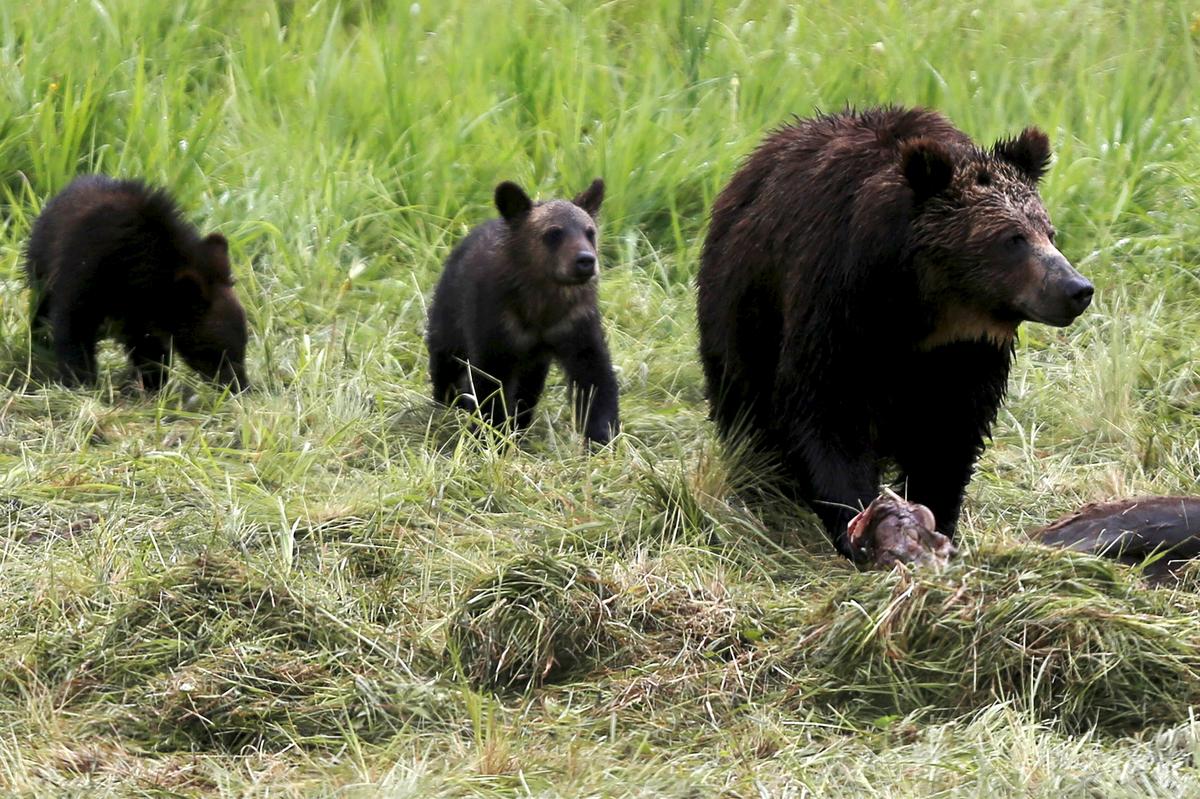Among the most controversial changes are the limitations on the ability of regulators to take climate change into consideration when making listing assessments.
David J. Hayes, who served as a deputy interior secretary under President Barack Obama and is now executive director of the State Energy and Environmental Impact Center at the New York University School of Law, said the changes would “straitjacket the scientists to take climate change out of consideration” when determining how to best protect wildlife.
A recent United Nations assessment, some environmentalists noted, warned that human pressures are poised to drive one million species into extinction and that protecting land and biodiversity is critical to keep greenhouse gas emissions in check.
Climate change, a lack of environmental stewardship and mass industrialization have all contributed to the enormous expected global nature loss, the United Nations report said.
Another contentious change removes longstanding language that prohibits the consideration of economic factors when deciding whether a species should be protected.
Under the current law, such determinations must be made solely based on science, “without reference to possible economic or other impacts of determination.”
Gary Frazer, the assistant director for endangered species with the United States Fish and Wildlife Service, said that phrase had been removed for reasons of “transparency.” He said the change leaves open the possibility of conducting economic analyses for informational purposes, but that decisions about listing species would still be based exclusively on science.
Environmental groups saw a danger in that. “There can be economic costs to protecting endangered species,” said Drew Caputo, vice president of litigation for lands, wildlife and oceans at Earthjustice, an environmental law organization. But, he said, “If we make decisions based on short-term economic costs, we’re going to have a whole lot more extinct species.”
The new rules also give the government significant discretion in deciding what is meant by the term “foreseeable future.” That’s a semantic change with far-reaching implications, because it enables regulators to disregard the effects of extreme heat, drought, rising sea levels and other consequences of climate change that may occur several decades from now.
When questioned about that change and its implications in the era of climate change, Mr. Frazer said the agency wanted to avoid making “speculative” decisions far into the future.
Among the animals at risk from this change, Mr. Caputo listed a few: Polar bears and seals that are losing crucial sea ice; whooping cranes whose migration patterns are shifting because of temperature changes; and beluga whales that will have to dive deeper and longer to find food in a warmer Arctic.
Representative Rob Bishop of Utah, the top Republican on the House Natural Resources Committee, applauded the changes, saying the Endangered Species Act had become a “political weapon instead of a tool to protect wildlife” under the Obama administration.
“These final revisions are aimed at enhancing interagency cooperation, clarifying standards, and removing inappropriate one-size-fits-all practices,” he said.
Erik Milito, a vice president at the American Petroleum Institute, a trade group representing the oil and gas industry, also praised the new rule and said the changes would reduce “duplicative and unnecessary regulations.”













Comment